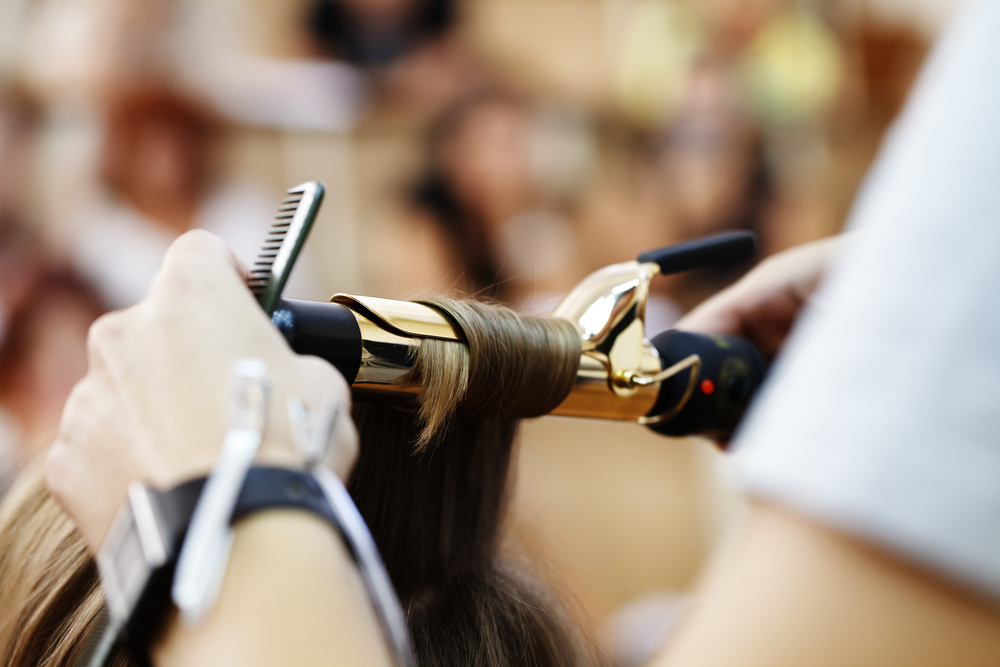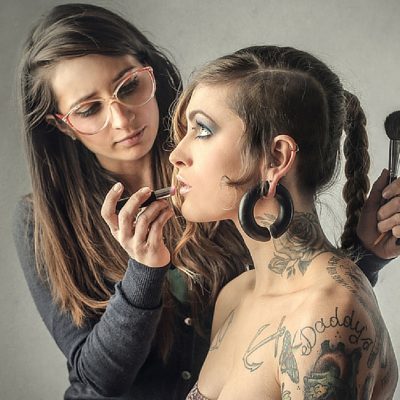Take a Listen to Our Interview

Audio Player
What’s New?
A new “Hair Design” license has been introduced in Washington State. Prior to 2016, those that wanted to cut and color hair signed up for a Cosmetology Program. Now there is a new license that would allow a future professional to cut and color in less time and at a lower cost than the traditional cosmetology journey.
Many reached out to me, Frank, to ask, “How can that be?” “What’s the catch?” “What am I not getting in terms of education?”
These are all fantastic questions that need to be explored. To understand the difference, we must examine the differences in the program lengths. For those that are not part of this industry, the program length is defined by how many clock hours are required for a specific license.
At Evergreen Beauty College, we are now offering a Hair Design Program as a pathway our students can go through to succeed in cosmetology if they wish to do so. By going through the Hair Design Program, it limits the amount of risk (time and money) for students that have a passion for the hair dressing industry. There will be options for hair design students to be a Cosmetologist at Evergreen Beauty College. We will be offering Hair Design as it is a shorter less expensive option. Cosmetology can still be an option.
The Differences
The Law
Currently, Washington State requires that a hair designer must attain 1400 clock hours, while a cosmetologist must attain 1600 clocks hours. For those that are not familiar with clock hours, a difference of 200 clock hours would equate to approximately 6-8 weeks of class time (based on a 30 hour/week curriculum). Programs are typically charged on an hourly basis, so a reduction of 200 clock hours could result in a reduction of tuition.
Example: If a school was charging approximately $11.00 per clock hour for both a Cosmetology and Hair Design Program, the difference of 200 clock hour would be 200 hours x $11.00 = $2,200. Not only would a student be able to reduce their tuition cost, consideration should also be given to graduating early and the ability to enter in the field earlier for additional income opportunities that may be available.
So why would someone want to do cosmetology? Great question. The licenses are not the same. In Washington State, when you review the Revised Code of Washington (RCW), aka “the law”, there is difference in the scope of the two licenses.
Cosmetology

In our state, cosmetologist can engage in the practice of cosmetology. According to RCW 18.16.020 the “practice of cosmetology” means arranging, dressing, cutting, trimming, styling, shampooing, permanent waving, chemical relaxing, straightening, curling, bleaching, lightening, coloring, waxing, tweezing, shaving, and mustache and beard design of the hair of the face, neck, and scalp; temporary removal of superfluous hair by use of depilatories, waxing, or tweezing; manicuring and pedicuring, limited to cleaning, shaping, polishing, decorating, and caring for and treatment of the cuticles and nails of the hands and feet, excluding the application and removal of sculptured or otherwise artificial nails; esthetics limited to toning the skin of the scalp, stimulating the skin of the body by the use of preparations, tonics, lotions, or creams; and tinting eyelashes and eyebrows.”
Hair Design
The practice of “Hair Design” is defined as the practice of arranging, dressing, cutting, trimming, styling, shampooing, permanent waving, chemical relaxing, straightening, curling, bleaching, lightening, coloring, mustache and beard design, and superficial skin stimulation of the scalp.
In The End
As you can see, both a cosmetologist and hair designer are able to design, style, color, chemically relax and straighten hair. A hair designer’s scope ceases with the hair and beard, while a cosmetologist can extend services to waxing, facials, manicuring and pedicures. The more education the better, right? Sometimes. It depends on your interest.

A Hair Design license requires 1400 Clock Hours, while Cosmetology license requires 1600 Clock Hours. This would require a student additional time in school (200 hours) which probably will result in an increase cost, as we had mentioned above. With an increase in time and cost, a student should consider how interested, and likely, are they to put this expanded scope for facials, manicuring and pedicures to work. If a student is passionate about facials, manicuring and pedicures, it may be worth spending additional 6-8 weeks of training and an additional investment in tuition.
However, if a student is passionate about the facials, manicuring and pedicures, they should know that this expanded scope is still limited. For example, although a cosmetologist is able perform some skin treatments, it does not expand to all skin treatments like microdermabrasion or laser hair removal. To be able to do those types of treatments, an individual would need to attain an esthetician and/or master esthetician license. As for nails, a cosmetologist would be limited to natural nails; any nail enhancements such as acrylics and gels would require a manicurist license.
What Do You Think?
This new license is exciting, and I would encourage a student to explore and find the right option for them. Some schools will continue to offer cosmetology only, some may offer hair design only, but at Evergreen Beauty College we will continue to offer a diverse array of programs to provide beauty training for what individual will be looking for. Therefore, our beauty college offerings will be one of the first schools to include Hair Design, Cosmetology, Esthetics, Master Esthetics, Nails, Make-Up Artistry and Instructor Training programs.
Are you excited about becoming a hair design student? Check out our blog on everything you need to know about going to a hairdressing school or reach out to us at (425)-336-5120 to schedule a tour of an Evergreen campus near you!





































